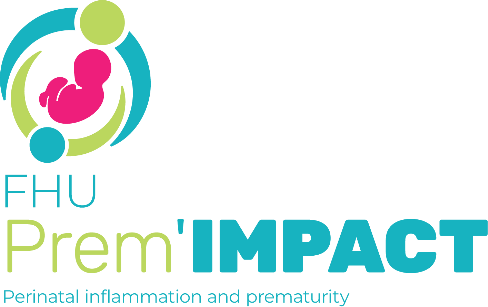Abstract
Objective: To describe and compare the characteristics of women with placenta accreta spectrum (PAS) and their pregnancy outcomes according to the presence of placenta praevia and a prior caesarean section.
Design: Prospective population-based study.
Setting: All 176 maternity hospitals of eight French regions.
Population: Two hundred and forty-nine women with PAS, from a source population of 520 114 deliveries.
Methods: Women with PAS were classified into two risk-profile groups, with or without the high-risk combination of placenta praevia (or an anterior low-lying placenta) and at least one prior caesarean. These two groups were described and compared.
Main outcome measures: Population-based incidence of PAS, characteristics of women, pregnancies, deliveries and pregnancy outcomes.
Results: The PAS population-based incidence was 4.8/10 000 (95% CI 4.2-5.4/10 000). After exclusion of women lost to follow up from the analysis, the group with placenta praevia and a prior caesarean included 115 (48%) women and the group without this combination included 127 (52%). In the group with both factors, PAS was more often suspected antenatally (77% versus 17%; P < 0.001) and more often percreta (38% versus 5%; P < 0.001). This group also had more hysterectomies (53% versus 21%, P < 0.001) and higher rates of blood product transfusions, maternal complications, preterm births and neonatal intensive care unit admissions. Sensitivity analysis showed similar results after exclusion of women who delivered vaginally.
Conclusion: More than half the cases of PAS occurred in women without the combination of placenta praevia and a prior caesarean delivery, and these women had better maternal and neonatal outcomes. We cannot completely rule out that some of the women who delivered vaginally had placental retention rather than PAS; however, we found similar results among women who delivered by caesarean.
